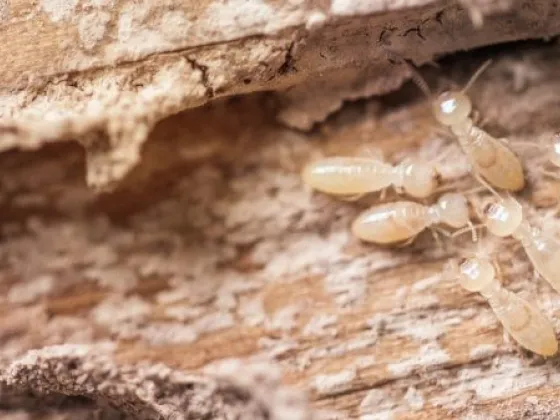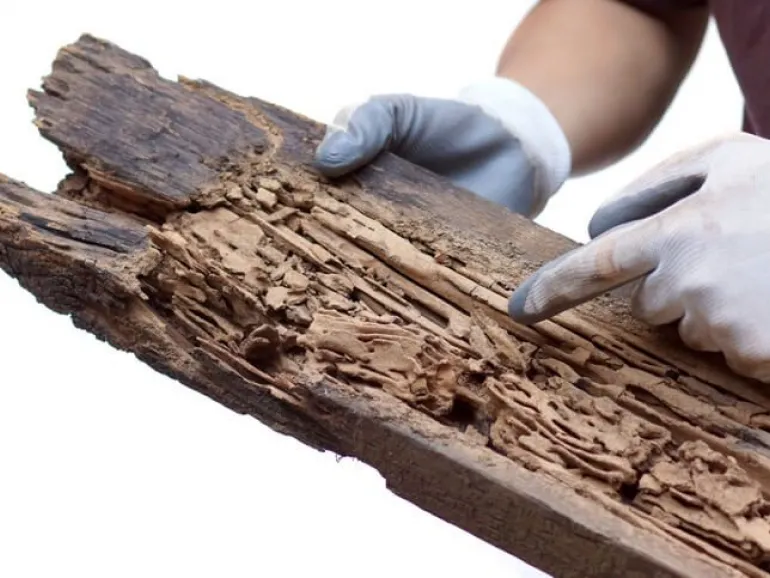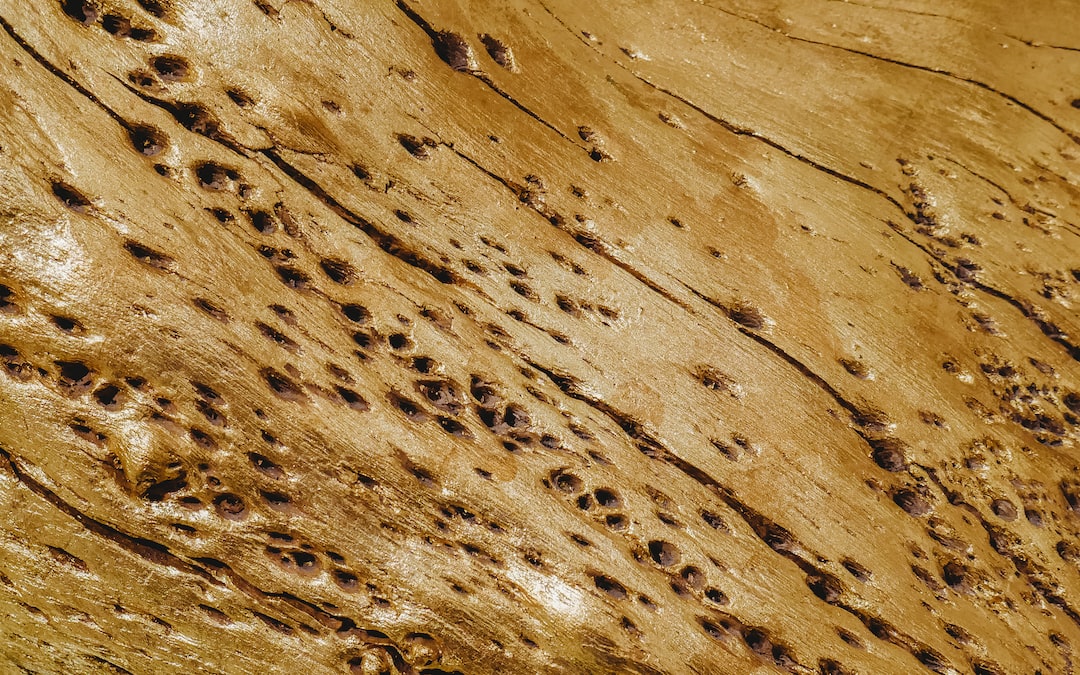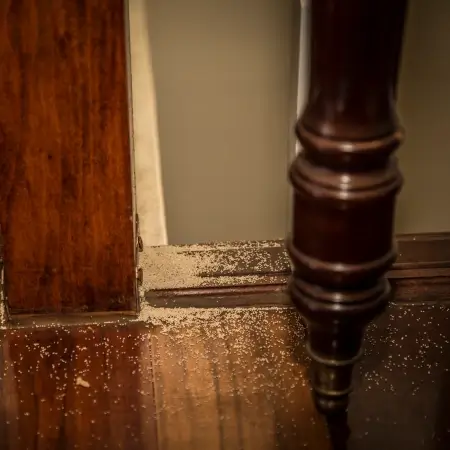Termite Prevention
If you own a home, chances are you know how expensive and dangerous termite damage can be. Termites cause millions of dollars in damages each year to homeowners all over the country, but with just a little bit of prevention and maintenance on your part, it's possible to ensure that your house is safe from these wood-destroying pests.
What are termites and what do they look like?
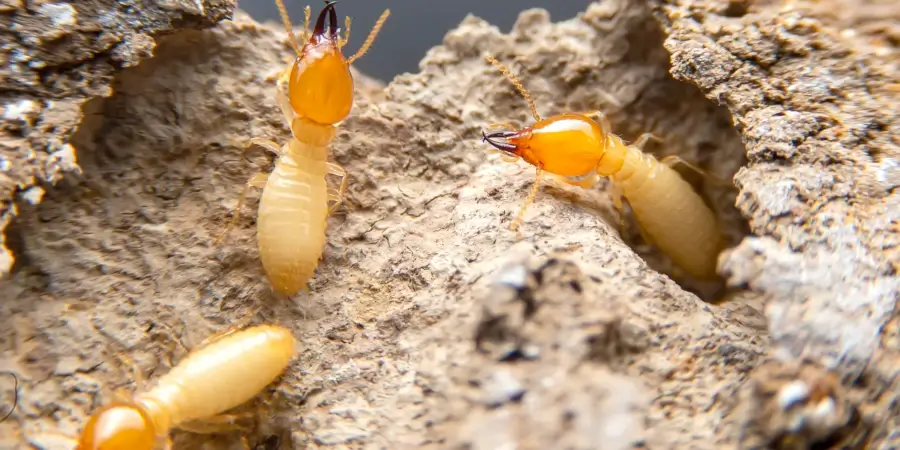
Termites are small, white, and grey insects that feed on both living and dead wood. They can easily enter your home through foundations, windowsills, doorframes, or any other cracks in the structure of your home. Termites have a distinct look with their long bodies and antennae; they typically look like ants but with wings. Three types of termites can cause damage to your home: drywood termites, dampwood termites, and subterranean termites.
What are the signs of a termite infestation?
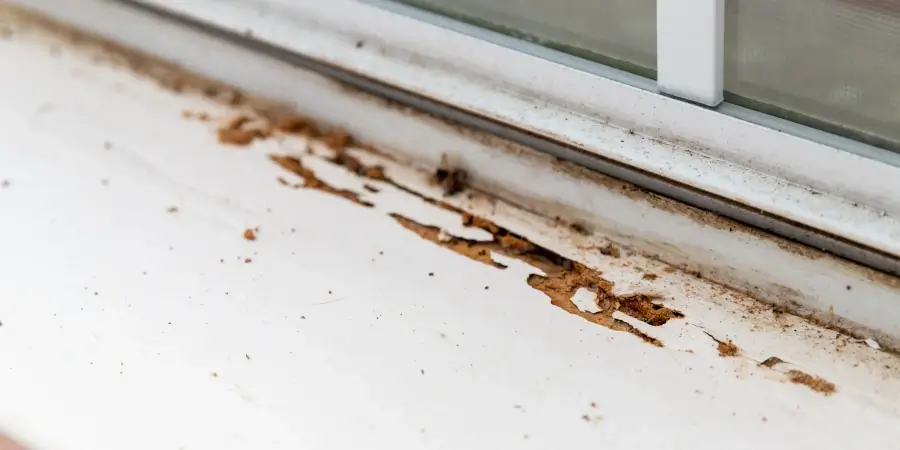
The best way to know if termites have infested your home is to look for signs of termite damage. These include small piles of sawdust near wood, broken wings on the floor, and mud or soil tubes that termites create as they travel. You may also notice swarms of termites flying around inside or outside your home.
How do you prevent termites from damaging your home?

The first step in termite prevention is to identify potential termite food sources. They may include wood, dead plant material, paper, cardboard, and other cellulose-containing items. Be sure to remove any such items from around your home and make sure to check for rotting wood or termite damage regularly. The best way to prevent termites from damaging your home is to take preventive measures as soon as possible.
- Seal any cracks or crevices in the foundation of your home.
- Make sure that all your windows and doors are properly sealed.
- Keep your gutters clean.
- Remove dead wood from around the house and yard.
- Trim trees and shrubs that are too close to the house.
- Limit any moisture around your home, as this will attract termites.
Finally, make sure to regularly inspect your home for termite activity and if you suspect termites, contact a pest control professional immediately for help. Following these steps will help ensure that termites stay away from your home and that you don't have to worry about costly termite damage.
You should also invest in termite baiting systems that are designed to both monitor and control termite populations near your home. Such baits can be placed in the soil near the foundation of your house or inside crawl spaces or attics. This will alert you if termites have infiltrated your property so you can take appropriate action before they do serious damage.
What should you do if you think you have a termite infestation?
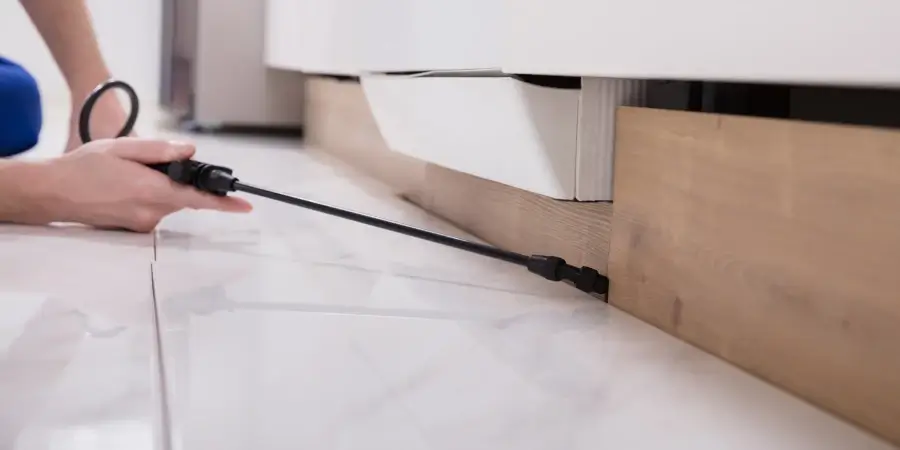
If you suspect termite activity in your home, the first thing you should do is contact a professional pest control company to determine the severity of the infestation and develop an effective plan for eradicating termites and preventing them from returning. Pest control companies are experienced at identifying termite activity and can provide advice on how best to protect your home from termites.
If termite damage is already present in your home, a professional can help you assess the severity of the damage and suggest ways to repair it. In some cases, termite damage may be too extensive to repair and will require the complete replacement of the affected structures.
With these tips in mind, you can help ensure that termites don't have the chance to set up shop in your home and cause significant damage. Prevention is the best way to protect your home from termites. So take the time to inspect your home regularly and if termite activity is suspected, contact a professional right away. Doing so will help you keep termites at bay and prevent costly termite damage in the future.

